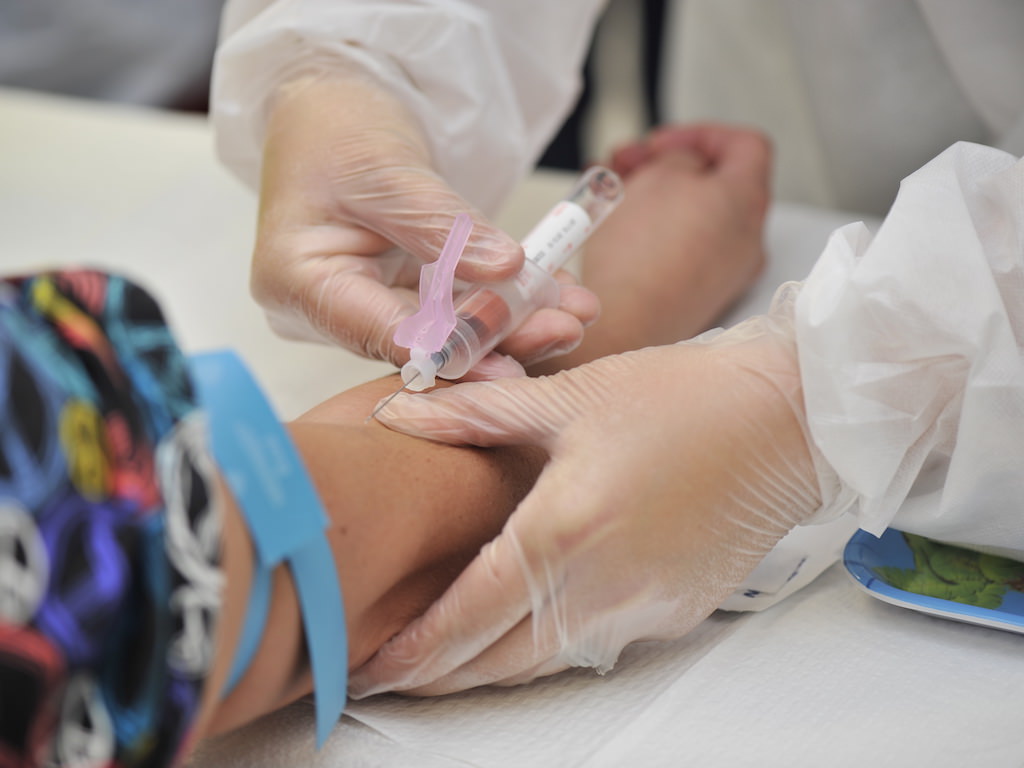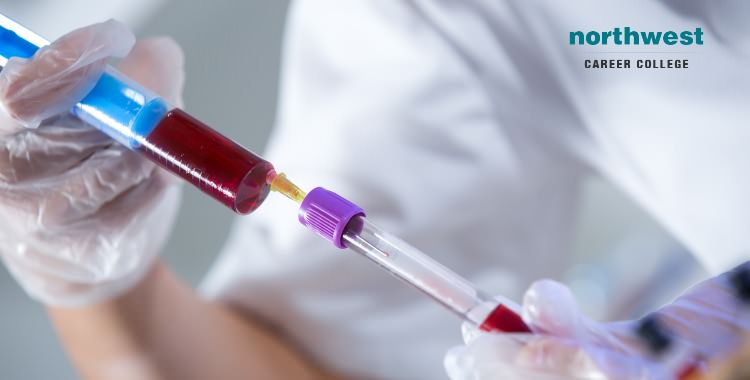The smart Trick of Northeast Medical Institute - New Haven Campus Phlebotomy Course & Cna Class That Nobody is Discussing
The smart Trick of Northeast Medical Institute - New Haven Campus Phlebotomy Course & Cna Class That Nobody is Discussing
Blog Article
Some Known Details About Northeast Medical Institute - New Haven Campus Phlebotomy Course & Cna Class
Table of ContentsNortheast Medical Institute - New Haven Campus Phlebotomy Course & Cna Class Can Be Fun For Anyone3 Simple Techniques For Northeast Medical Institute - New Haven Campus Phlebotomy Course & Cna ClassThe smart Trick of Northeast Medical Institute - New Haven Campus Phlebotomy Course & Cna Class That Nobody is Talking AboutNortheast Medical Institute - New Haven Campus Phlebotomy Course & Cna Class for BeginnersNortheast Medical Institute - New Haven Campus Phlebotomy Course & Cna Class - The FactsThe Only Guide to Northeast Medical Institute - New Haven Campus Phlebotomy Course & Cna Class
The usage of such gadgets need to be accompanied by other infection avoidance and control practices, and training in their usage.For setups with reduced resources, price is a driving variable in procurement of safety-engineered devices. Where safety-engineered gadgets are not readily available, proficient use of a needle and syringe is acceptable.
One of the important markers of top quality of treatment in phlebotomy is the participation and collaboration of the person; this is equally beneficial to both the health and wellness employee and the person. Clear information either composed or verbal ought to be available to every individual that goes through phlebotomy. Annex F provides sample message for explaining the blood-sampling procedure to a person. In the blood-sampling area for an outpatient department or facility, offer a comfortable reclining couch with an arm rest.
Northeast Medical Institute - New Haven Campus Phlebotomy Course & Cna Class Fundamentals Explained
Make certain that the indicators for blood tasting are clearly specified, either in a composed protocol or in recorded instructions (e.g. in a lab form). In any way times, follow the approaches for infection prevention and control listed in Table 2.2. Infection avoidance and control techniques. Gather all the equipment needed for the treatment and location it within secure and very easy reach on a tray or cart, guaranteeing that all the products are clearly visible.
Present on your own to the client, and ask the person to mention their full name. Inspect that the research laboratory kind matches the individual's identity (i.e. match the person's details with the research laboratory form, to guarantee accurate recognition).
Make the patient comfortable in a supine position (if possible). Location a clean paper or towel under the patient's arm. Discuss the examination to be carried out (see Annex F) and obtain verbal consent. The person has a right to decline a test at any type of time prior to the blood sampling, so it is crucial to guarantee that the individual has actually comprehended the procedure.
Northeast Medical Institute - New Haven Campus Phlebotomy Course & Cna Class - Questions
Expand the person's arm and inspect the antecubital fossa or lower arm. Find a blood vessel of a great dimension that shows up, straight and clear. The diagram in Area 2.3, shows typical placements of the vessels, but lots of variants are possible. The mean cubital vein exists in between muscles and is generally one of the most very easy to penetrate.
DO NOT put the needle where capillaries are drawing away, since this raises the chance of a haematoma. The vein should show up without applying the tourniquet. Finding the capillary will assist in establishing the correct dimension of needle. Use the tourniquet regarding 45 finger sizes above the venepuncture site and re-examine the capillary.
Specimens from main lines carry a danger of contamination or incorrect laboratory examination outcomes. It is acceptable, but not ideal, to draw blood samplings when initial introducing an in-dwelling venous tool, before attaching the cannula to the intravenous fluids.
The Of Northeast Medical Institute - New Haven Campus Phlebotomy Course & Cna Class
Allow the location to completely dry. Failing to permit enough get in touch with time enhances the danger of contamination. DO NOT touch the cleaned up website; particularly, DO NOT position a finger over the blood vessel to lead the shaft of the exposed needle. It the website is touched, repeat the disinfection. Perform venepuncture as follows.
Ask the person to create a fist so the veins are extra noticeable. Get in the blood vessel quickly at a 30 degree angle or much less, and remain to present the needle along the vein at the simplest angle of entry - PCT Courses. When adequate blood has been collected, launch the redirected here tourniquet BEFORE withdrawing the needle
Northeast Medical Institute - New Haven Campus Phlebotomy Course & Cna Class Fundamentals Explained
Withdraw the needle carefully and use gentle stress to the website with a clean gauze or dry cotton-wool round. Ask the individual to hold the gauze or cotton woollen in position, with the arm extended and raised. Ask the person NOT to bend the arm, because doing so triggers a haematoma.

Northeast Medical Institute - New Haven Campus Phlebotomy Course & Cna Class Things To Know Before You Get This
Do not press the syringe plunger since additional pressure boosts the threat of haemolysis. Where feasible, keep the tubes in a rack and relocate the shelf in the direction of you. Infuse downwards right into the appropriate coloured stopper. DO NOT eliminate the stopper because it will release the vacuum cleaner. If the example tube does not have a rubber stopper, infuse exceptionally gradually right into television as minimizing the stress and rate utilized to move the sampling decreases the danger of haemolysis.

Report this page